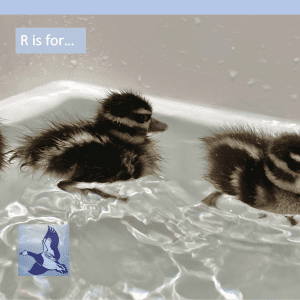
Pal-Mates … weekend web tip
R is for repair and restore. The double brooding tanks that many of us use can get chips and little voids in the gel-coat (the shiny inside surface) over time.

R is for repair and restore. The double brooding tanks that many of us use can get chips and little voids in the gel-coat (the shiny inside surface) over time.

Q is for Quill. The bare part of the central shaft of a feather, nearest to the body. As the true feathers start to grow in youngsters, the feather
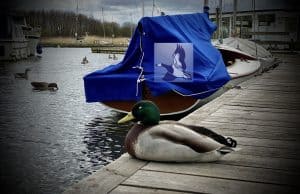
P is for Prolapse. At this time of year breeding is uppermost in bird thoughts. Not all birds have a penis, or intromittent organ, but ducks do. The male sex

Animals in general can contribute several benefits to humans. Pets of many kinds may help lower stress, loneliness, and anxiety. They may even encourage their owners to exercise and live

Orpington Ducks. Are you thinking about keeping a rare breed but finding it hard to choose which one? When it comes to husbandry and upkeep, a pure breed takes

N is for… Nostrils or nares. The 2 holes in the upper part of the beak are the entry point to the mouth cavity for breathing air. At the back
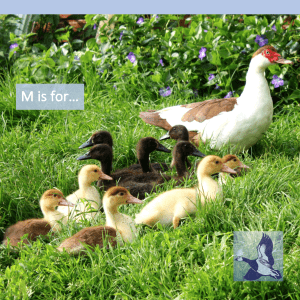
M is for Motherhood and Muscovy. As a broody duck, nothing can match the Muscovy. She’s a big bird, but able to be gentle and diligent. Despite looking fierce, with
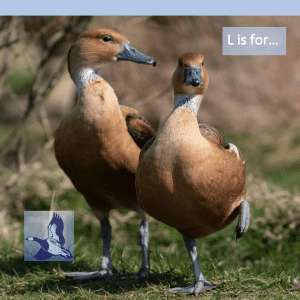
Limping or lameness. There are lots of reasons why waterfowl may go lame. Accident and injury, perhaps after being chased, painful feet because they have calluses or bumble foot, age
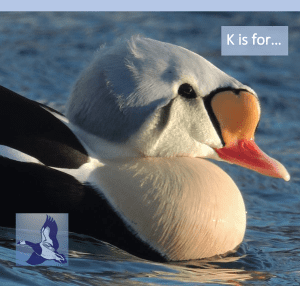
It’s easy to be impressed by the King Eider, Somateria spectabilis. These are tough birds which breed on the tundra. Although they have been bred in captivity for many decades,
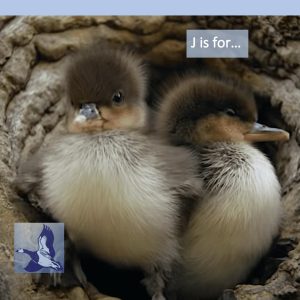
Jumping. Not an activity always associated with waterfowl, but some are adept at hopping up steps and branches. Jumping from a height though is seen in many species which nest

I is for Ixworth. The home of Reginald Appleyard, who developed the Silver Appleyard duck. Well known as a showman and broadcaster in his day, he said: ‘I like to

H is for Humidity During incubation, a waterfowl egg should lose about 15% of its weight. In natural incubation, this is affected by nest selection and structure, egg surface, attentiveness
The BWA offers members a wide range of services and facilities to help you get more enjoyment from waterfowl.
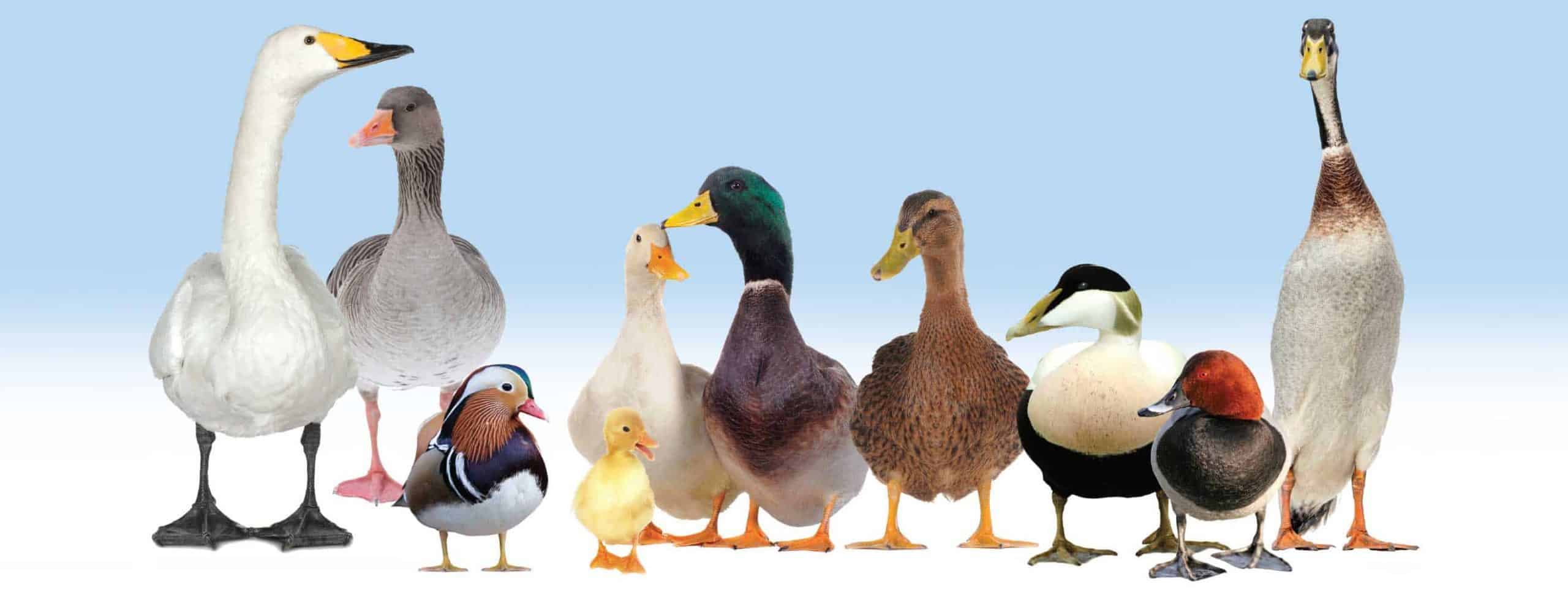
© 2024 – All Rights Reserved | Registered charity number 263156